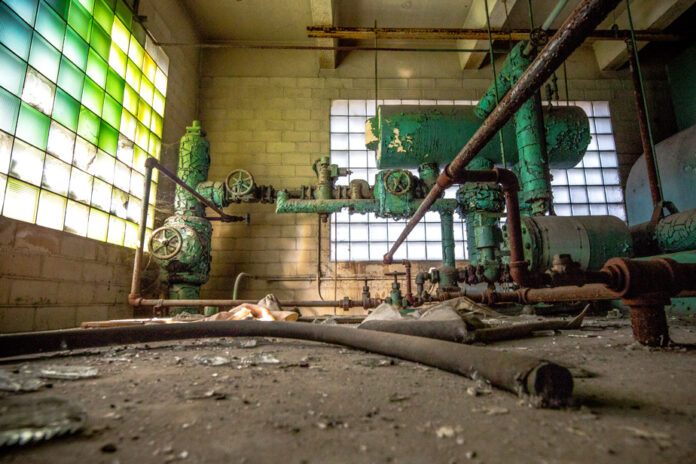There’s something aesthetic, even moving, about the images of devastation in the popular apocalyptic series The Last of Us. This fascination with abandoned places even has a name: “ruin porn.” At the University of Montreal, a student devoted her thesis to it.
The first time she came across photographs of abandoned buildings, Julianne Pilon was dazzled. Moved, even.
Something dark, and at the same time of great beauty, animated the shots. “These were beautiful, emotional photos. I thought, “What is this?” “, she says. Fascinated, she devoted her master’s thesis to the University of Montreal, from which she recently graduated.
Abandoned hospitals and amusement parks, buildings overgrown: “ruin porn” describes photos and videos of abandoned places shared online. Its enthusiasts are particularly fond of the ruins of the post-industrial era. Do not think of the Colosseum in Rome, which is maintained and protected, notes Julianne Pilon.
The phenomenon is linked to urban exploration, which consists of visiting forgotten places, sometimes off-limits. Regularly, urban explorers document their forays on social media, especially Instagram.
These communities, active all over the world, even in Quebec, were previously marginal, explains Ms. Pilon. However, since the advent of social networks, they have exploded in popularity. On Instagram, accounts devoted to the photography of ruins reach several million subscribers. The “itsabandoned” account, among the most popular, is followed by more than a million people.
“It is interesting to see that, even if these places have been abandoned, humans are still trying to leave traces there,” notes Julianne Pilon.
Associated with an art form, the expression “ruin porn” was however born from a criticism. In the 1980s, several American industrial cities, particularly in the Midwest of the country, experienced catastrophic economic decline, explains Julianne Pilon. Poverty is growing, factories are closing and workers are deserting.
In Detroit, decrepit factories and dilapidated buildings provide a gloomy setting, worthy of the best post-apocalyptic works, and attract tourists who begin to flock. Quickly, these curious visitors are accused of “fetishizing” the brutal fall of a city and its inhabitants, who lost “their jobs and their homes”.
“These are spaces where people have lived, worked. If they are abandoned, it is because something has happened to these people, “said Julianne Pilon. Even today, one of the main criticisms of “ruin porn” is that it ignores the often tragic history behind these scenes of desolation: natural disaster, war, economic crisis…
Obviously, we can appreciate the beauty, and sometimes the power, of these images. The sets of The Last of Us series, whose story is set in a world decimated by a rare fungus that turns humans into zombies, are sublime, underlines Julianne Pilon. Adapted from the video game of the same name, the HBO production – whose last episode of the first season will be presented on Sunday – is a worldwide success.
According to Ms. Pilon, it’s not for nothing that post-apocalyptic movies and video games are so popular. Like “ruin porn”, they raise the eternal question of what will survive us.
Precisely, is there a link to be made between “ruin porn” and our relationship to heritage? Yes, believes Julianne Pilon. For example, Quebec has far fewer abandoned spaces than the United States, as the province puts more effort into restoring or transforming them. “It makes me proud, because I see that we are a society that revitalizes these spaces a lot, unlike others,” she concludes.








